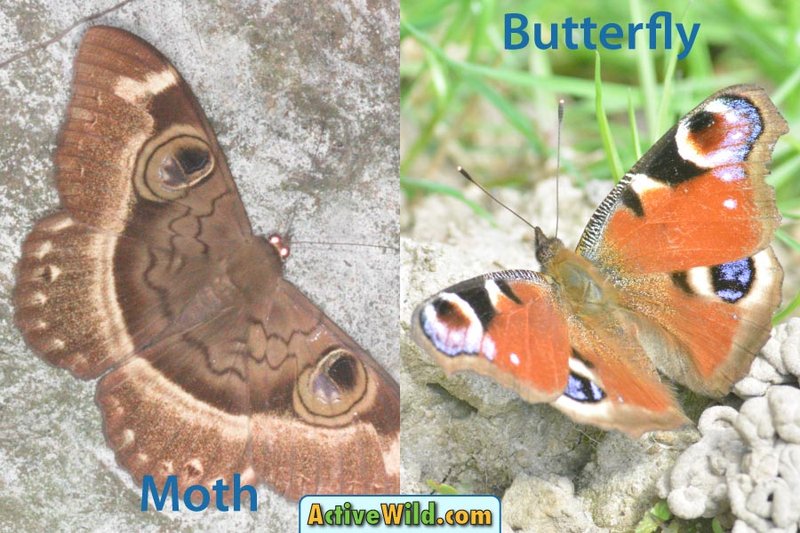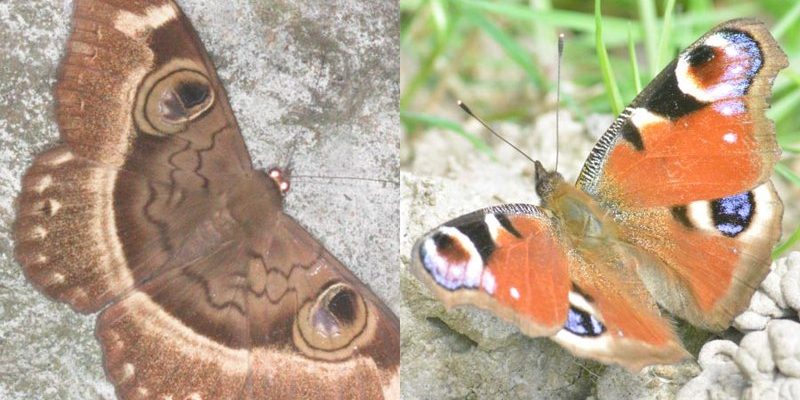
Moths and butterflies are just the tip of the iceberg when it comes to understanding these fascinating insects. There are plenty of other species out there, like wasps and beetles, that share some traits with moths. Knowing the distinctions can help you appreciate the beauty of nature all around you, even if it means finding out that not all fluttering bugs are the same. Let me break it down for you.
What Are Moths?
Moths belong to the order Lepidoptera, which they share with butterflies. However, they have some unique characteristics that set them apart. For starters, moths tend to be more nocturnal, while butterflies are usually daytime beauties. Moths often have thicker bodies and fewer vibrant colors compared to their butterfly friends.
One of the most fascinating things about moths is their diversity. There are over 160,000 species of moths worldwide! Some of them are tiny, while others can have wingspans of up to a foot. They’re not just variations of the same design—moths come in all shapes and colors, from fuzzy and furry to sleek and smooth.
Moths are also known for their incredible ability to navigate at night. They have a remarkable sense of smell, relying on pheromones to find mates. It’s like they have their own built-in GPS system for love! You might even notice that some moths are drawn to artificial light, a behavior that researchers are still working to fully understand.
Moths vs. Butterflies
You might be wondering what makes moths and butterflies so different, especially since they belong to the same family. Let’s dig a little deeper. Beyond their activity patterns, there are some clear physical differences. Butterflies have slender bodies, while moths are typically more robust.
Another distinction is their antennae. Butterflies have thin, club-like antennae, but moths usually have feathery or threadlike ones. This difference is not just for show; those feathery antennae help moths detect scents more effectively, enhancing their nocturnal adventures.
Color plays a role too. Many butterflies sport bright colors designed to attract mates or warn predators, while moths often blend in with their surroundings, relying on camouflage as their defense strategy. This makes perfect sense when you consider that many moths are active at night, where staying unseen can be a matter of life and death.
The Life Cycle of Moths
The life cycle of a moth is pretty captivating and can be broken down into four stages: egg, larva (caterpillar), pupa (chrysalis or cocoon), and adult. It’s kind of like a mini transformation series that you might find in a superhero movie.
First, a female moth lays hundreds of eggs, often on or near a food source for the larvae. After a few days, the eggs hatch into caterpillars, which start munching away on leaves or other nutritious materials. This stage focuses on growth and development—think of it as a moth’s version of a growth spurt.
Once they’ve grown enough, caterpillars enter the next stage by forming a cocoon or chrysalis. This is where the real magic happens. Inside, they undergo metamorphosis, reorganizing their bodies to emerge as adult moths. Finally, once they break free, they’re ready to take on the night sky.
Other Insects That Resemble Moths
While moths are spectacular in their own right, several other insects can confuse the untrained eye. One of these is the skipper, which is a small butterfly that tends to dart around like a moth. Skippers often have stout bodies and relatively short wings, which give them a similar appearance to moths.
Then there’s the sphinx moth—sometimes referred to as the hummingbird moth because of how it hovers in place while feeding. They can be mistaken for small hummingbirds due to their size and behavior, but when you take a closer look, their wings are more similar to moths.
Caterpillars of various moths can also resemble larvae of butterflies or other related insects. These look-alike larvae often share environments and food sources, making it tricky to tell them apart.
Behavioral Differences Between Moths and Similar Insects
When it comes to behavior, moths are often more cautious than butterflies. They tend to be shy and prefer to remain hidden during the day, especially when they see predators like birds. Many moths also have unique defensive mechanisms, such as creating sounds using their wings or mimicking the look of other dangerous creatures.
Butterflies, on the other hand, are more social. You’ll often see them flitting from flower to flower, basking in the sun. They engage in a courtship dance, showcasing their vibrant colors to attract mates.
Some moths, like the Luna moth, are known for their beautiful yet elusive nature. They tend to be more solitary, avoiding crowded areas that butterflies might enjoy. This behavior can help them stay alive longer by drawing less attention.
How Moths Impact Their Environment
Moths play a crucial role in ecosystems. They are pollinators, just like their butterfly cousins. By visiting flowers for nectar, they help plants reproduce, contributing to the overall health of the environment. This means they’re more than just pretty faces fluttering around—they’re working behind the scenes.
Additionally, moth larvae serve as food for various animals, including birds and mammals. This means they’re part of a significant food chain, helping to sustain many species.
In some agricultural settings, certain moth species may even help control pest populations. While some moths can be pests themselves, understanding their role in the ecosystem can help farmers manage crops more sustainably.
When comparing moths to similar insects, you’ll find that many subtle details make each species unique. From their life cycles to their behaviors and environmental impacts, moths are fascinating creatures that deserve a closer look. Whether you’re observing them flit around your porch light or maintaining a garden filled with attracting plants, understanding these differences enriches our appreciation of the natural world. So next time you see a moth, take a moment to consider all the intricate ways they compare to their insect counterparts. It’s a world buzzing with life and diversity—one that’s worth exploring.

